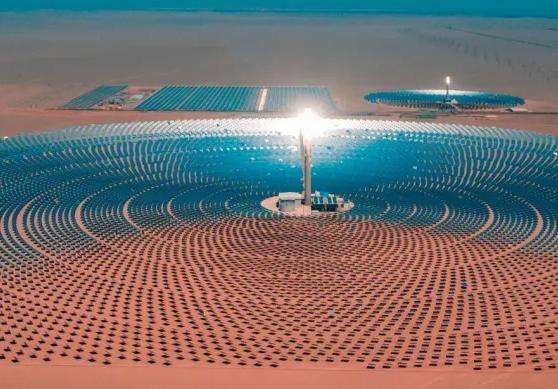Using solar cells to charge mobile phones is not very good.
First of all, the current and voltage of solar charging are unstable. The second is that there is no overrun protection during solar charging.
p>Solar chargers purchased in the market have overrun protection.
The thickness of the solar cell is 0.2MM. Size determines current... Chip size determines voltage, each PN junction is 0.5V.
Yours is a 3.7V battery that can be charged on the cell phone battery using a 5V solar cell. Add a 5819 diode to the positive charging end.
Efficiency is 30%, assuming 7 hours of sunlight per day. Use 5V 300MA solar charging battery.
The thickness of the photovoltaic support is 4.75
. < p>Okay, polysilicon. 1. Monocrystalline siliconPolycrystalline icium is a raw material used to make solar panels. 2. Silicon is an extremely abundant element on earth. It is present almost everywhere and can be considered inexhaustible. There is no shortage of raw materials for manufacturing silicon-based solar cells. 3. The speed of polycrystalline silicon solar panels is generally two to three times that of monocrystalline silicon, and the voltage should be stable. 4. The manufacturing process of polycrystalline silicon solar cells is similar to that of monocrystalline silicon solar cells, and the photoelectric conversion efficiency is about 12%, which is slightly lower than that of monocrystalline silicon solar cells. . However, the manufacturing of the material is simple and convenient, consumes less energy, and the total production cost is low, so it has been greatly developed.The monocrystal has a high conversion efficiency and is expensive; polycrystalline has low conversion efficiency and is cheap.
There are many polycrystals in the domestic market, or they are all polycrystals.
The Japanese market is very popular recently, but Japan's requirements are very high and they are all monocrystalline. People's idea of Japan is to do your best and do it right the first time. It has very high requirements for mitigation effectiveness, and we need to learn from that at home.
What are the dimensions of solar panels?
Millimeters. Solar photovoltaic bracket is a special bracket designed for placing, installing and fixing solar panels in solar photovoltaic power generation system. The thickness of the photovoltaic support is 4.75 mm. Solar energy refers to the energy of thermal radiation from the sun (voir the three modes of propagation of thermal energy: radiation). Its main manifestation is often called solar rays.
What are the size specifications of solar panels?
With the continuous improvement of environmental awareness, the use of solar panels has become more and more popular. The size of solar panels is a very important issue because the right size can better adapt to different environments and needs.
The size of solar panels is usually measured in terms of power, usually in watts. In the market, the sizes of solar panels are relatively diverse, and the common specifications are as follows:
1.50 watt solar panel: This specification is suitable for small applications, such as outdoor lighting, small water pumps, and solar chargers await. Its size is generally 650 mm x 540 mm.
Cell so2100 Watt Wattage Table: This specification is suitable for medium-sized applications such as solar light poles, solar home appliances, etc. Its size is generally 1000 mm x 670 mm.
3200 Watt Solar Panel: This specification is suitable for large-scale applications, such as solar power supply systems, outdoor billboards, grid parallel systems, etc. Its size is usually 1580 mm x 808 mm.
4300 watt solar panel: This specification is very popular in recent years and is suitable for household photovoltaic power plants, industrial purposes, etc. Its size is usually 1956 mm x 992 mm.
Of course, in addition to the specifications above, there are also custom solar panel sizes to meet specific needs. For example, some users need large solar panelsto cover their roof, and they need to get the right size through customization.
In addition to size, the thickness and weight of solar panels are also factors to consider. Generally speaking, the larger the solar panel, the heavier it will be. Therefore, when installing solar panels, you need to ensure that the brackets and supporting structures are strong enough to support their weight.
In general, specifications and sizes of solar panels should be selected based on specific needs in order to achieve the best results in terms of cost-performance and usage.














